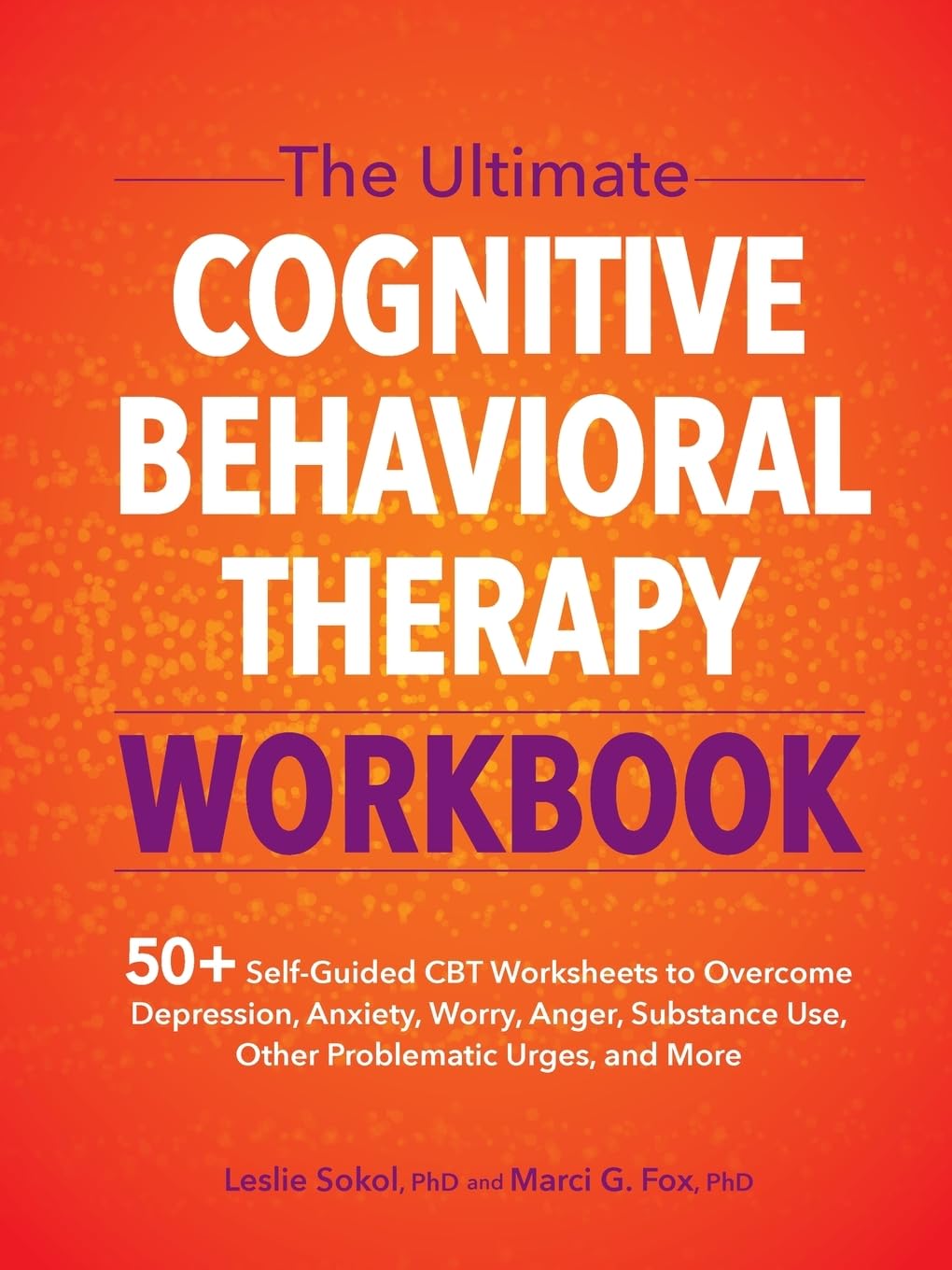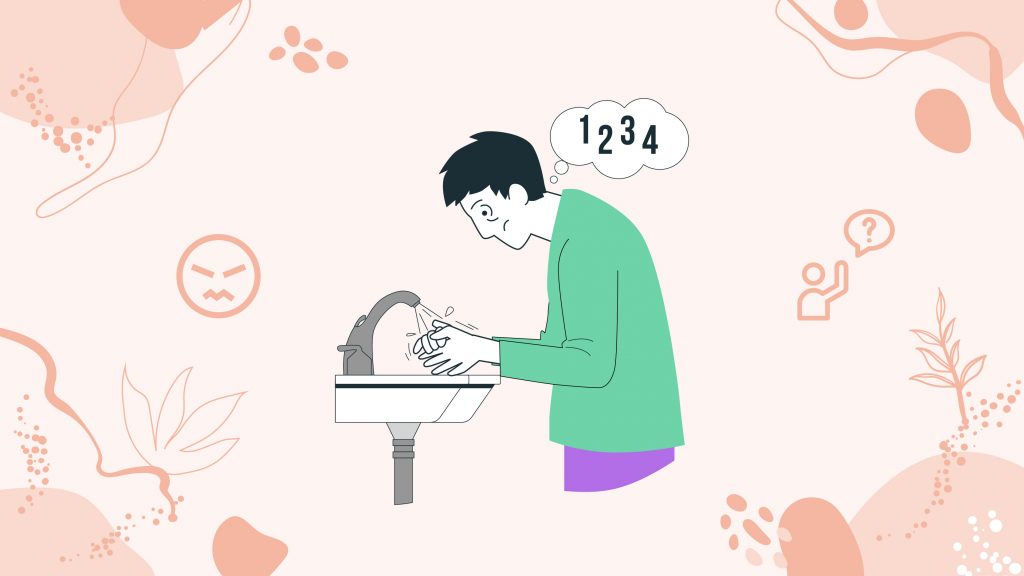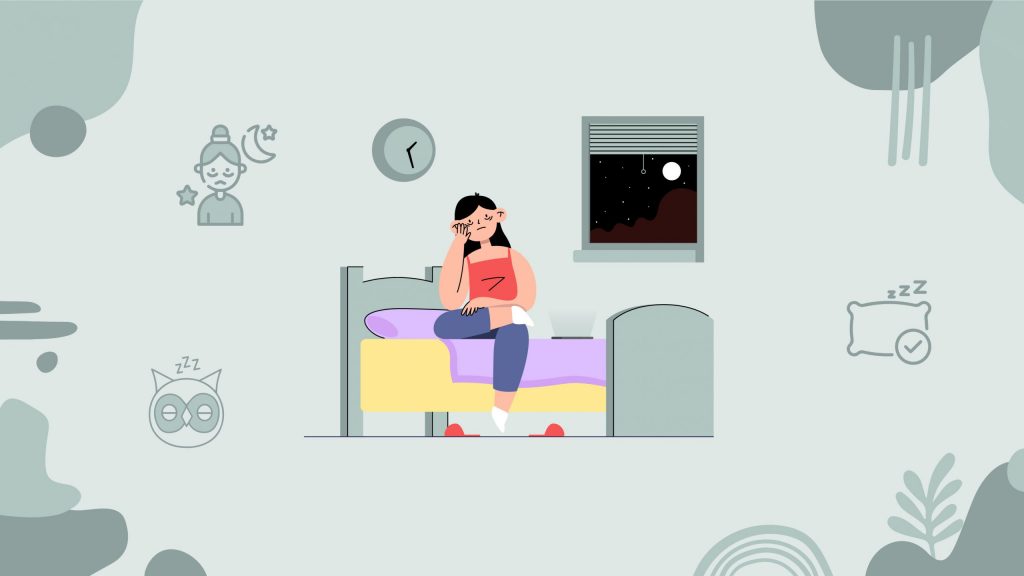Are you someone who feels strangulated being in the grip of your mind? Have you become hostage to your own thoughts and couldn’t already stop acting against them? If so, it is pointing a finger toward OCD (obsessive-compulsive disorder).
Obsessive-compulsive disorder is a mental condition where you feel overpowered by your urges and compulsions. You might think that acting on these compulsions doesn’t make much difference until you realize you are a slave to the thoughts and patterns woven around your limited and fearful perception. Only once you gain this insight can you bring about actual changes in your thoughts and behaviors.
If you have already been observant enough to notice them, you’ve moved on to the next step. Challenging the compulsive thoughts and replacing them with constructive ones is where you can reverse the equation and start to make things right.
What is Obsessive-Compulsive Disorder?
Obsessive-Compulsive Disorder (OCD) is a mental health condition characterized by intrusive thoughts (obsessions) that lead to repetitive behaviors or mental acts (compulsions). Individuals with OCD often feel compelled to perform certain actions to alleviate the anxiety caused by these obsessions.
Quick Question
What are your most common triggers for feeling overly sensitive?
This creates a cycle where the individual feels unable to resist the urge to act on their compulsions, which can significantly interfere with daily life and functioning. Recognizing and understanding these symptoms is crucial for seeking appropriate treatment and support.
List of Obsessive Thoughts
- Excessively worrying about the contamination of germs, dirt, and unclean surfaces.
- Experiencing unwanted thoughts about committing violent acts (even though you have no intention or motivation to do it whatsoever).
- Obsessive concerns about not living up to moral or religious standards.
- Excessively worrying about not being able to prevent harm or negative outcomes.
- Becoming obsessive about having a serious medical condition or disease—leading to constant checking or seeking reassurance from doctors.
- Intrusive thoughts about the meaning of life, death, or the universe—causing anxiety about existence itself.
- Excessively worrying about how others perceive you or fearing social rejection, and thinking thoughts like, “What if people think I’m strange?
- Worrying about losing control of one’s actions or thoughts—leading to intrusive questions like “What if I act on a violent thought?
Tips for Managing OCD
Here are the practical tips to help you identify your compulsive behaviors and replace them with authentic responses.
#1: Identify your Triggers
If you are observant enough to recognize that you carry compulsions, there’s much hope that with careful observation and further investigation, you’ll be able to overcome them. Try to identify the triggers that start the chain of reactions and figure out the emotions that provoke you to engage in compulsive behaviors.
To further ease the matter, you can start with journaling. When you do this, you are more likely to gain insight and understand what’s flaring up your symptoms.
#2: Learn to Overcome Your Impulses
The next step in line is to learn to resist your compulsive behaviors. Let’s say you always feel the urge to wash your hands. If you have reached the understanding that your action of washing your hands over and over again needs some correction of thoughts and that you are doing it under the compulsion of your obsessive thoughts, try to resist your behavior.
Interesting Insight
The brain has a remarkable capacity to adapt; with consistent practice, you can retrain your responses to emotional triggers.
The next time you feel the urge to wash your hands, stop for a moment and ask yourself: Is it really necessary, or am I doing it to satisfy a compulsion?
#3: Re-evaluate Your Thought Patterns
Once you have moved on to the stage of resisting your compulsive behaviors, try to have an internal look and identify compulsive behaviors working on similar lines. Cognitive distortions are common in individuals with OCD, where thoughts can become irrational or exaggerated. So, learning to re-evaluate these thought patterns is essential in managing OCD.
For example, you can question the validity of your obsessive thoughts, assess the evidence for and against them, and replace them with more rational perspectives. This shift in thinking can help reduce the anxiety that fuels compulsive behaviors.
#4: Adopt Healthier Habits for Life
It is essential you incorporate healthier habits into your daily routine. It can have a significant positive impact on managing OCD symptoms. Regular physical activity, a balanced diet, and sufficient sleep contribute to overall mental well-being.
You can also indulge in mindfulness practices, such as meditation and yoga, which can also help reduce anxiety and improve emotional regulation. By adopting these habits, you create a supportive environment for managing your symptoms and enhancing your quality of life.
#5: Manage Stress
Stress can exacerbate OCD symptoms, making effective stress management techniques crucial. Engaging in relaxation techniques such as deep breathing exercises, progressive muscle relaxation, or mindfulness meditation can help reduce stress levels.
You can work around creating a consistent self-care routine that may include hobbies, socializing, and adequate rest. Use of essential oils can also be a great way to mitigate your stress levels. Additionally, therapy can provide you with strategies to cope with it more effectively, further aiding in the management of OCD symptoms.
Treatment Options for OCD
There are several treatments that can work around OCD compulsions. Understanding them can help individuals effectively manage their symptoms and improve their quality of life.
These treatments typically include Cognitive Behavioral Therapy (CBT), particularly Exposure and Response Prevention (ERP), which targets obsessive thoughts and compulsive behaviors directly.
#1: CBT
Cognitive Behavioral Therapy (CBT) involves challenging negative thoughts and reframing them by following a new perspective or narrative. It is a therapeutic approach to identifying compulsive thoughts or behaviors. CBT attempts to recognize the irrationality of the thoughts and behaviors that make a person feel compulsive to act according to them. A dedicated therapist works with the individual to challenge and reframe the distorted thoughts and align them with genuine responses.
For instance, let’s say you have a fear of flying. It might be due to a number of perceived fears in your mind. There may be thoughts in your mind that trigger the anxiety, such as ‘the plane may crash,’ or ‘I’ll feel trapped,’ and so on. CBT is about understanding the current pattern of thoughts and reframing them in the light of cognitive restructuring. When the therapist tries to replace your fearful thoughts with more rational, evidence-based beliefs, such as understanding that flying is statistically one of the safest modes of transportation, it generally reverses the scenario.
To make things easier, you can even rely on a cognitive therapy workbook.
#2: ERP
Exposure and Response Prevention (ERP) is a specific type of CBT that is particularly effective for treating OCD. ERP involves gradually exposing individuals to their feared thoughts or situations (exposure) while preventing the accompanying compulsive response (response prevention). This method helps individuals confront their fears in a controlled and supportive environment.
For instance, if someone has an obsession with germs, they may be exposed to situations that trigger their anxiety, such as touching a doorknob. Instead of performing their usual compulsion (like washing their hands), they learn to tolerate the discomfort and anxiety that arise from not performing the ritual. Over time, this exposure helps reduce the power of obsessions and compulsions, enabling individuals to experience less anxiety and break the cycle of OCD.
Both CBT and ERP are evidence-based treatments that require collaboration between the therapist and the individual, making them essential tools for managing OCD effectively.
Conclusion
Learning to manage your sensitivity is a vital step toward achieving emotional balance and enhancing your overall well-being. You can navigate life’s challenges with greater resilience and confidence by practicing mindfulness, setting healthy boundaries, and developing coping strategies. Remember, it’s not about suppressing your emotions but understanding and channeling them in a way that empowers you. Embrace the journey towards emotional awareness and enjoy the positive changes it brings to your life.
FAQs
Obsessive-Compulsive Disorder (OCD) symptoms typically include intrusive thoughts (obsessions) that cause anxiety and repetitive behaviors or mental acts (compulsions) that alleviate anxiety.
Common obsessions include fears of contamination, harming others, or needing things to be symmetrical. Compulsions might involve excessive handwashing, checking locks, or counting. These symptoms can significantly interfere with daily life and functioning.
While there is currently no definitive cure for OCD, it can be effectively managed with treatment. Cognitive Behavioral Therapy (CBT), particularly Exposure and Response Prevention (ERP), is considered the gold standard for treatment.
Medications, such as selective serotonin reuptake inhibitors (SSRIs), can also be helpful. With proper treatment, many individuals experience significant improvement in their symptoms and quality of life.
Yes, several self-help strategies can help manage OCD symptoms. Practicing mindfulness and relaxation techniques can reduce anxiety. Keeping a journal to track triggers and thoughts can enhance self-awareness.
Gradual exposure to feared situations while resisting compulsions can help diminish the power of obsessions over time. Support groups and online forums can also provide valuable encouragement and shared experiences.
Research suggests that OCD can have a hereditary component, as it tends to run in families. Genetic factors may play a role in increasing susceptibility to OCD, although environmental influences and individual experiences also contribute. Having a family member with OCD does not guarantee that an individual will develop the disorder, but it may increase their risk.
30-Day Sensitivity Challenge
For one month, commit to practicing daily mindfulness or journaling about your emotions and experiences.























